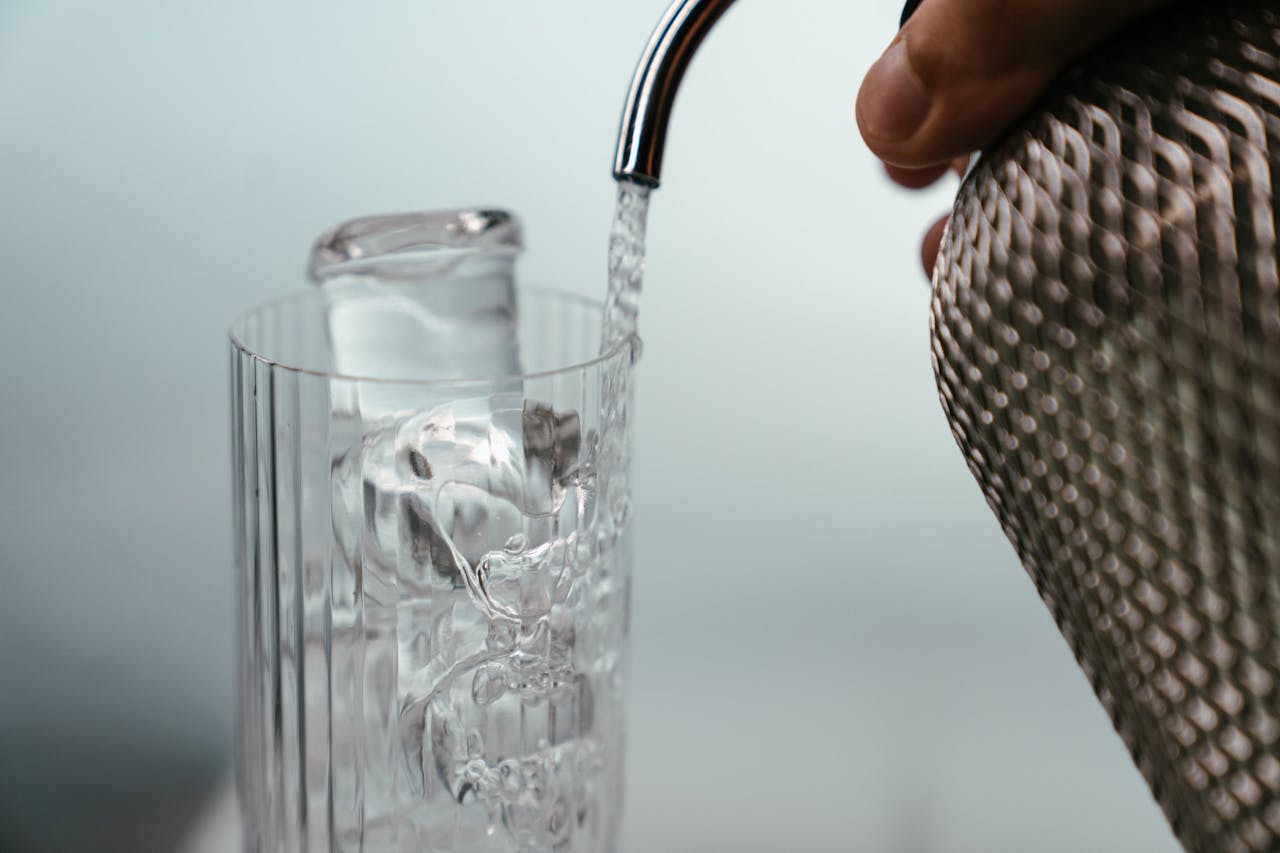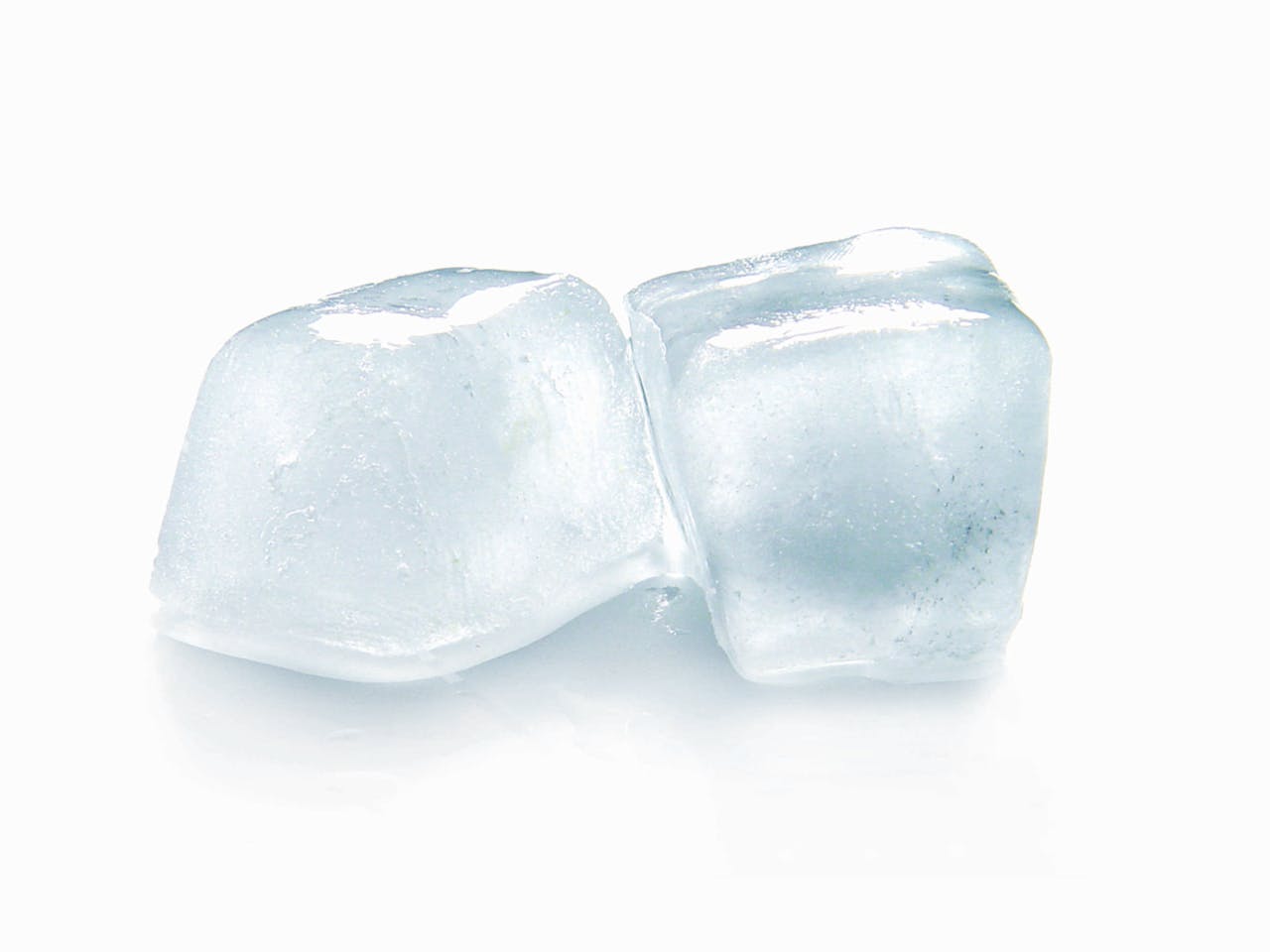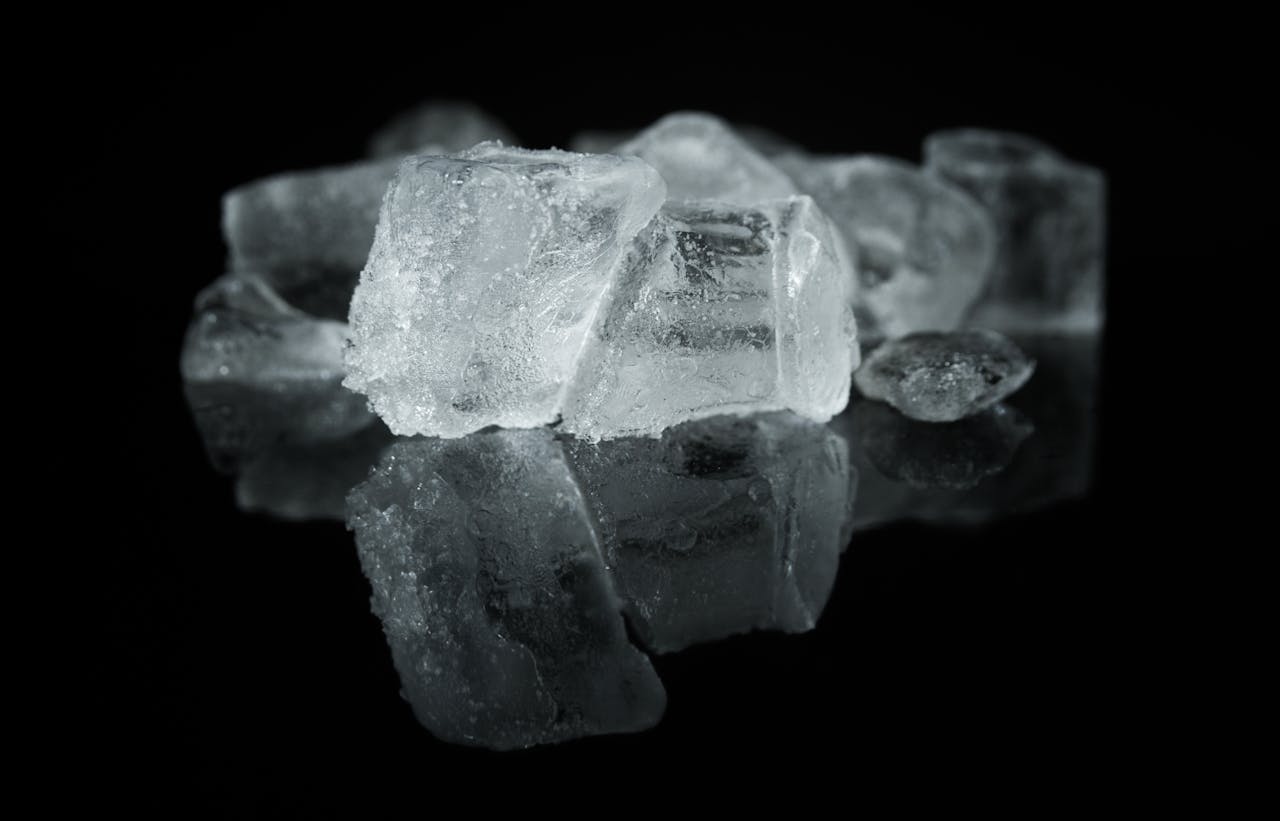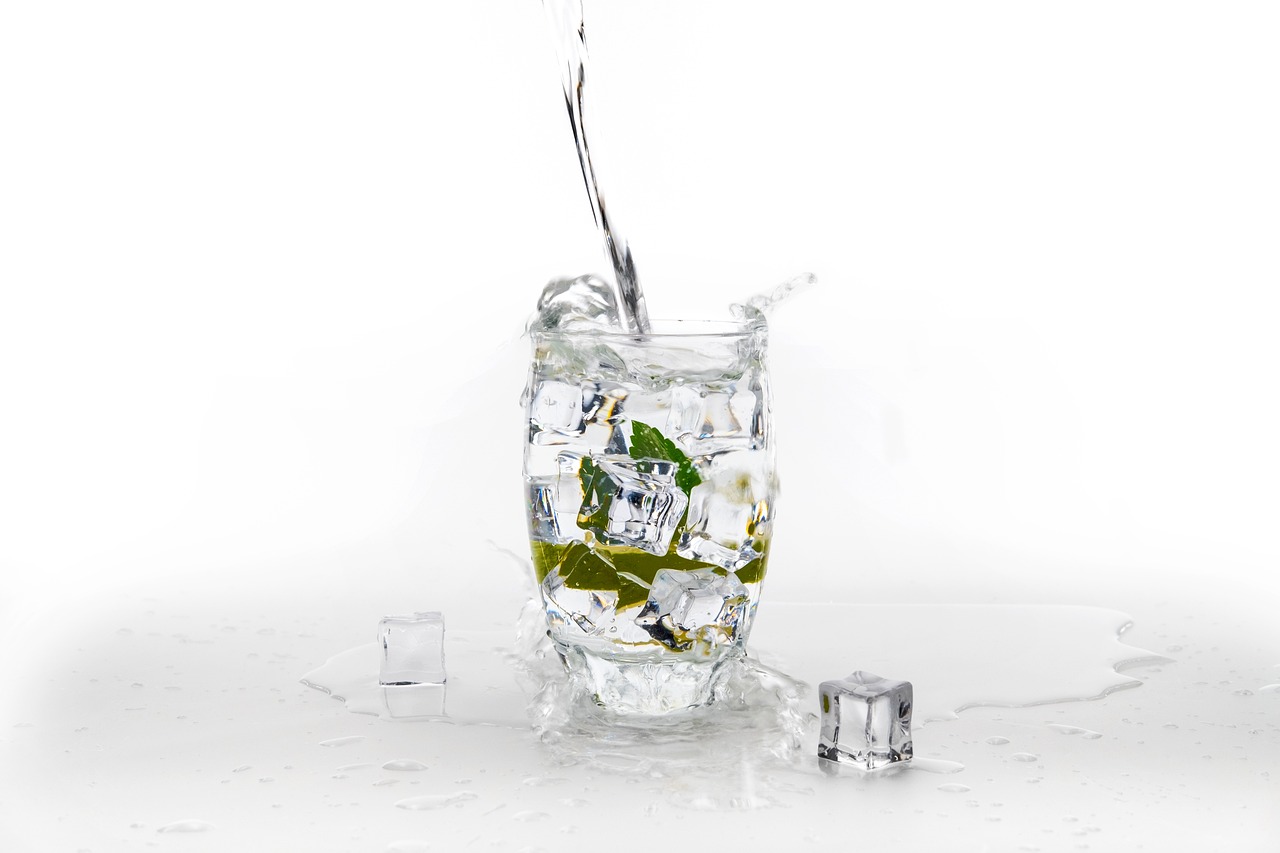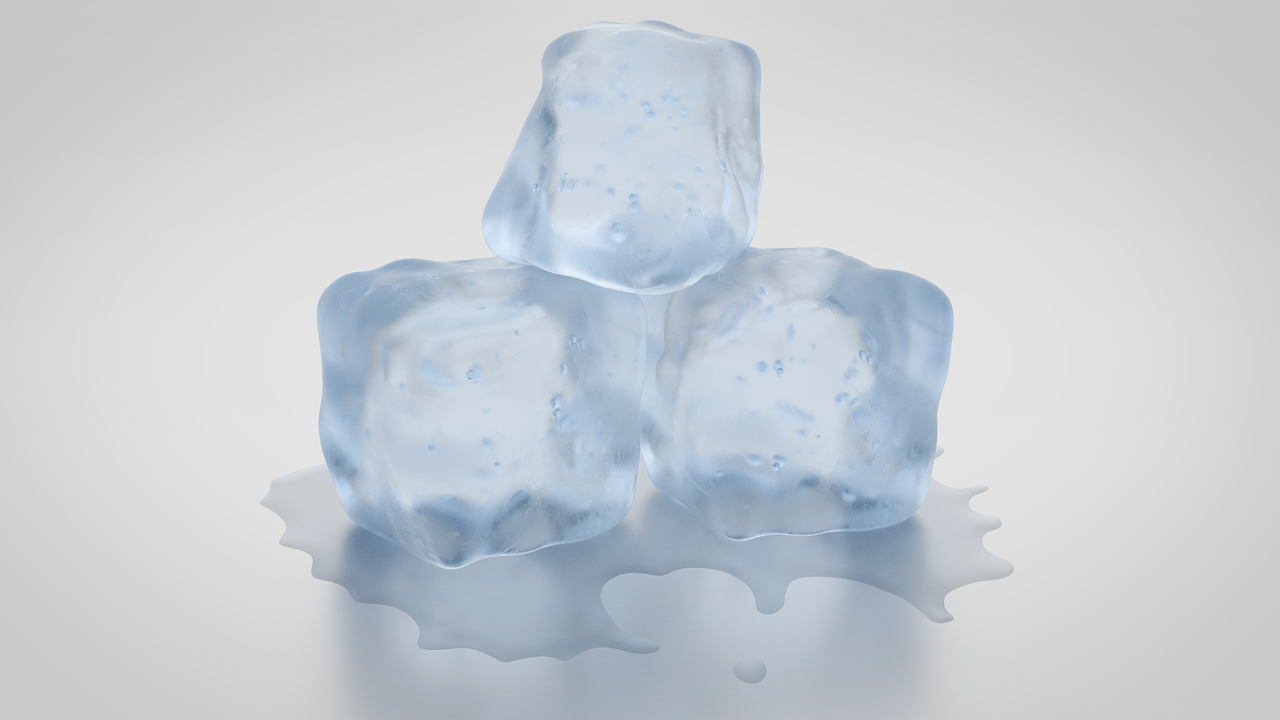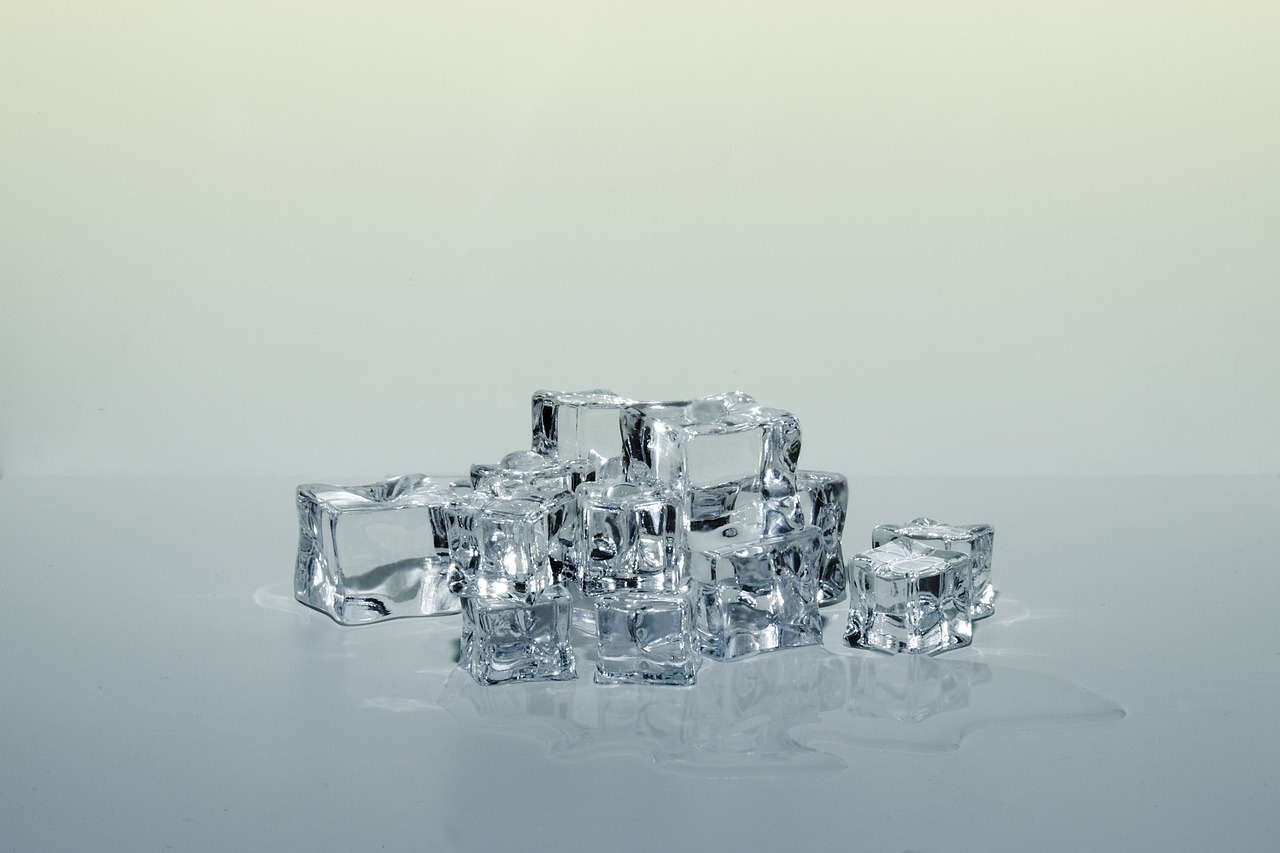Dryers are essential appliances in modern households, providing a convenient and efficient way to dry clothes. However, like any machine, dryers are susceptible to problems and malfunctions. Understanding common dryer issues and knowing how to address them can save you time and money. In this comprehensive guide, we will explore seven common dryer repair issues and provide detailed solutions for each.
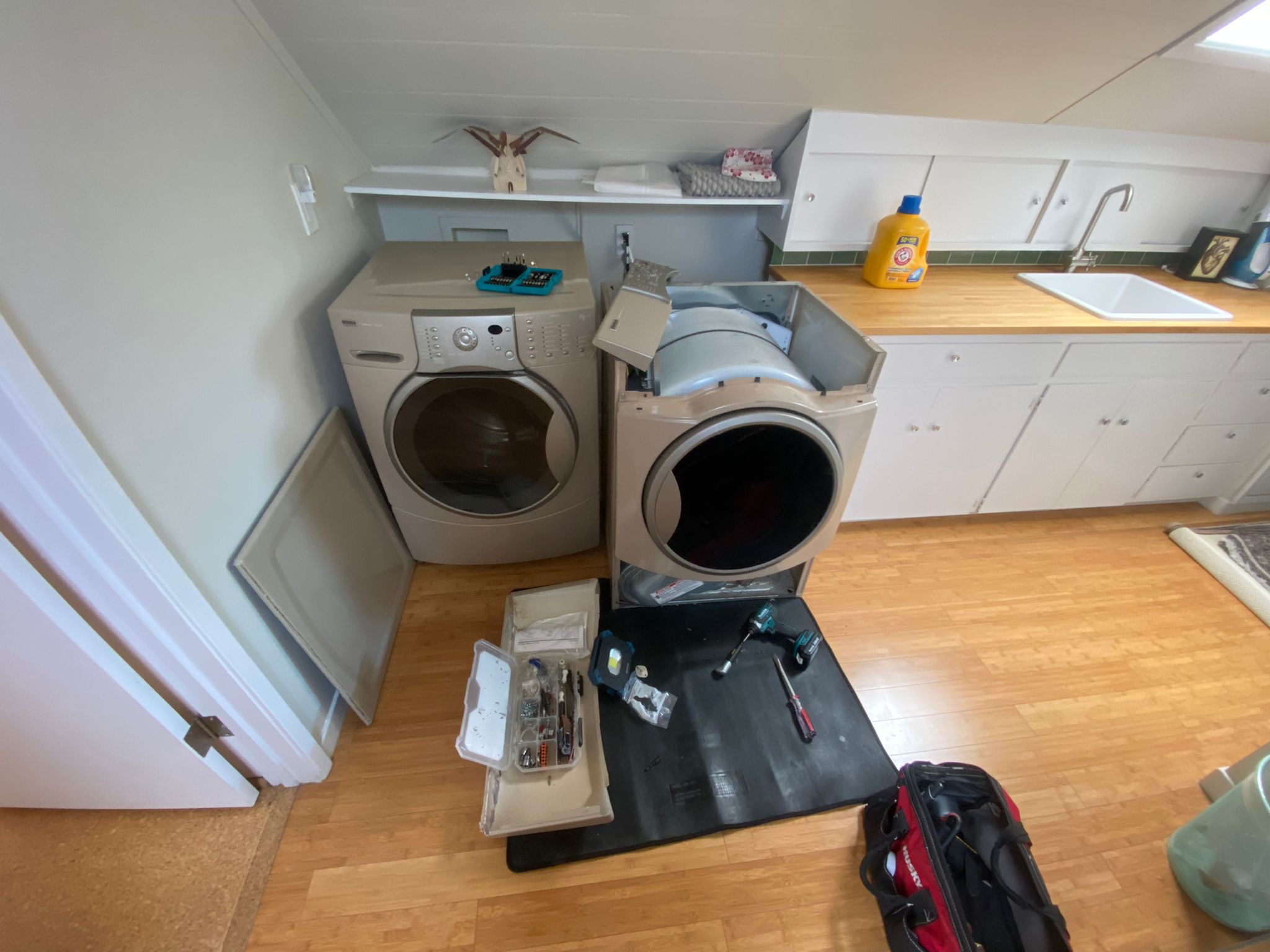
1. Dryer Not Starting
Possible Causes:
- Power Supply Issues: The most common reason a dryer won’t start is a problem with the power supply. This could be due to a tripped circuit breaker, a blown fuse, or a faulty power cord.
- Door Switch Problems: Dryers are designed with a door switch that prevents them from operating when the door is open. If the door switch is malfunctioning, the dryer won’t start.
- Thermal Fuse Failure: A thermal fuse is a safety device that shuts off the dryer if it overheats. If this fuse is blown, the dryer will not start.
- Start Switch Issues: The start switch is another critical component. If it’s faulty, the dryer won’t initiate the drying cycle.
Troubleshooting Steps:
- Check the Power Supply:
- Ensure the dryer is plugged in properly.
- Inspect the power cord for damage.
- Check your home’s circuit breaker or fuse box for tripped breakers or blown fuses. Reset or replace them as necessary.
- Inspect the Door Switch:
- Open the dryer door and look for the door switch, typically located around the door frame.
- Press the switch manually and listen for a click. If there’s no click, the switch may be faulty.
- To test, use a multimeter to check for continuity. If the switch fails, replace it.
- Test the Thermal Fuse:
- Locate the thermal fuse, which is usually located on the vent duct or blower housing.
- Use a multimeter to test for continuity. A lack of continuity indicates a blown fuse.
- Replace the thermal fuse with a new one, ensuring it matches the specifications of the original.
- Examine the Start Switch:
- Locate the start switch, which is typically found on the control panel.
- Test the switch with a multimeter for continuity. If it fails the test, replace the switch.
2. Dryer Not Heating
Possible Causes:
- Heating Element Failure: The heating element is responsible for producing the heat needed to dry clothes. If it fails, the dryer won’t produce heat.
- Thermostat Issues: Dryers have thermostats that regulate the temperature. A faulty thermostat can cause the dryer to overheat or not heat at all.
- High-Limit Thermostat Failure: This thermostat prevents the dryer from overheating. If it fails, the dryer may not heat properly.
- Igniter Problems (Gas Dryers): For gas dryers, the igniter lights the burner. A malfunctioning igniter can prevent the dryer from heating.
Troubleshooting Steps:
- Test the Heating Element:
- Locate the heating element, usually found in the back of the dryer.
- Inspect it for visible damage or burn marks.
- Use a multimeter to check for continuity. If there is no continuity, replace the heating element.
- Check the Thermostat:
- Locate the thermostat, which is typically mounted on the blower housing or the heater box.
- Test it with a multimeter for continuity. Replace it if it fails.
- Inspect the High-Limit Thermostat:
- Locate the high-limit thermostat, usually on the heating element or the exhaust duct.
- Test for continuity with a multimeter. Replace if necessary.
- Examine the Igniter (Gas Dryers):
- Locate the igniter, usually near the burner assembly.
- Inspect for visible damage or cracks.
- Test with a multimeter for continuity. If faulty, replace the igniter.
3. Dryer Drum Not Turning
Possible Causes:
- Broken Drive Belt: The drive belt turns the dryer drum. A broken or worn-out belt will prevent the drum from turning.
- Malfunctioning Drum Roller: Drum rollers support the drum as it turns. If they wear out or get stuck, the drum may not turn.
- Faulty Idler Pulley: The idler pulley maintains tension on the drive belt. If it fails, the belt may slip, preventing the drum from turning.
- Motor Issues: The dryer motor drives the drum. If the motor fails, the drum won’t turn.
Troubleshooting Steps:
- Inspect the Drive Belt:
- Open the dryer door and remove the front panel or rear access panel.
- Check the belt for signs of wear or breakage.
- Replace the belt if it’s damaged.
- Examine the Drum Rollers:
- Locate the drum rollers, usually found at the back of the drum.
- Check for wear or damage. Spin the rollers by hand to see if they turn freely.
- Replace worn-out rollers.
- Check the Idler Pulley:
- Locate the idler pulley, usually found near the drive belt.
- Inspect it for wear or damage. Test its movement to ensure it spins freely.
- Replace the idler pulley if necessary.
- Test the Motor:
- Listen for unusual noises when the dryer is running. A faulty motor may make a humming or grinding sound.
- Test the motor with a multimeter for continuity. If it fails, replace the motor.
4. Dryer Overheating
Possible Causes:
- Blocked Ventilation: A blocked vent can restrict airflow, causing the dryer to overheat.
- Dirty Lint Filter: A lint filter clogged with debris can reduce airflow and lead to overheating.
- Faulty Thermostat: A malfunctioning thermostat may cause the dryer to overheat by not regulating the temperature correctly.
- Failed Thermal Cut-Off: The thermal cut-off switch prevents overheating by shutting off the dryer if it gets too hot. A failed cut-off can result in overheating.
Troubleshooting Steps:
- Clear the Ventilation System:
- Check and clean the dryer vent hose and ductwork for obstructions.
- Ensure the vent exhaust is not blocked by lint or debris.
- Clean the Lint Filter:
- Remove and clean the lint filter before each drying cycle.
- Wash the filter with water and let it dry completely before reinstalling it.
- Inspect the Thermostat:
- Locate the thermostat and test it with a multimeter for proper operation.
- Replace it if it’s not functioning correctly.
- Test the Thermal Cut-Off:
- Locate the thermal cut-off switch, usually near the heating element.
- Test it with a multimeter for continuity. Replace if it’s not functioning.
5. Dryer Making Unusual Noises
Possible Causes:
- Worn Drum Rollers: Drum rollers can wear out over time, causing a thumping or squealing noise.
- Faulty Idler Pulley: A worn or damaged idler pulley can cause a squeaking or rattling sound.
- Loose Drum Baffles: Drum baffles are inside the drum and help tumble clothes. Loose or damaged baffles can create noise.
- Foreign Objects: Objects like coins or buttons can get trapped in the drum or the blower wheel, causing unusual noises.
Troubleshooting Steps:
- Check the Drum Rollers:
- Remove the drum and inspect the rollers for wear or damage.
- Replace any worn-out rollers.
- Inspect the Idler Pulley:
- Examine the idler pulley for wear or damage.
- Replace it if necessary.
- Examine the Drum Baffles:
- Open the dryer door and inspect the baffles inside the drum.
- Tighten or replace any loose or damaged baffles.
- Remove Foreign Objects:
- Check the drum and blower wheel for foreign objects.
- Remove any objects that could be causing the noise.
6. Dryer Taking Too Long to Dry Clothes
Possible Causes:
- Blocked Ventilation: Restricted airflow due to a blocked vent can cause longer drying times.
- Overloaded Dryer: Overloading the dryer can prevent clothes from tumbling properly and drying efficiently.
- Faulty Heating Element: If the heating element is not working correctly, it can result in extended drying times.
- Dirty Lint Filter: A clogged lint filter can reduce airflow, increasing drying times.
Troubleshooting Steps:
- Clear the Ventilation System:
- Inspect and clean the dryer vent hose and ductwork.
- Ensure there are no obstructions in the venting system.
- Avoid Overloading:
- Ensure that you’re not overloading the dryer with clothes.
- Dry smaller loads to improve drying efficiency.
- Test the Heating Element:
- Check the heating element for proper operation.
- Replace it if it’s not functioning correctly.
- Clean the Lint Filter:
- Clean the lint filter before each drying cycle.
- Ensure it is free of debris to maintain proper airflow.
7. Dryer Smelling Burning
Possible Causes:
- Lint Buildup: Accumulated lint in the dryer or vent can create a burning smell.
- Worn-Out Belt: A frayed or worn-out belt can produce a burning odor as it rubs against other parts.
- Electrical Issues: Faulty wiring or components can generate a burning smell due to overheating or short circuits.
- Overheated Heating Element: An overheating heating element can produce a burning smell.
Troubleshooting Steps:
- Clean the Lint System:
- Inspect and clean the lint filter, vent hose, and ductwork.
- Ensure there is no lint buildup causing the burning smell.
- Check the Belt:
- Inspect the drive belt for signs of wear or damage.
- Replace a worn-out or frayed belt.
- Examine Electrical Components:
- Inspect wiring and electrical connections for signs of damage or overheating.
- Replace faulty electrical components or seek professional help if needed.
- Inspect the Heating Element:
- Check the heating element for signs of overheating or damage.
- Replace it if necessary.
Conclusion
Understanding common dryer repair issues and their solutions can help you address problems effectively and keep your dryer running smoothly. Whether you’re dealing with a dryer that won’t start, a drum that won’t turn, or a machine that’s overheating, following these troubleshooting steps can often lead to successful repairs. Always remember to prioritize safety, disconnect the dryer from the power source before performing any repairs, and consult a professional technician if you’re unsure about any aspect of the repair process. With proper care and maintenance, your dryer can continue to be a reliable appliance for years to come.
Zuta Appliance Repair: Revitalizing Berkeley Homes with Premier Dryer Services
In the heart of Berkeley, CA, Zuta Appliance Repair stands out as your ultimate partner for maintaining the comfort of your home. Understanding the crucial role your dryer plays in daily life, we commit to delivering excellence in dryer maintenance. Our services not only keep your clothes dry and your home running efficiently but also optimize your energy use. With Zuta Appliance Repair, you get more than a service; you get a promise of quality, honesty, and environmental stewardship, enhancing both your home’s functionality and your quality of life.
Experience comprehensive solutions to all your dryer issues with Zuta Appliance Repair. Our specialized repair services promise to extend your appliance’s lifespan and reduce energy bills. Our skilled team, armed with unparalleled expertise and a friendly demeanor, provides cost-effective and environmentally friendly solutions. This isn’t merely about repairs; it’s about the peace of mind that comes with a seamlessly functioning home. Choose Zuta Appliance Repair for an enhanced lifestyle. Contact us now at (415) 592-4633 and let us ensure your dryer remains a cornerstone of your daily life, offering convenience, efficiency, and tranquility.
Disclaimer
The materials available on this website are for informational and entertainment purposes only and not to provide legal or professional advice. You should contact your attorney or home improvement specialist to obtain advice concerning any particular issue or problem. You should not act or refrain from acting based on any content included in this site without seeking legal or other professional advice. The information presented on this website may not reflect the most current home improvement developments. No action should be taken in reliance on the information on this website. We disclaim all liability concerning actions taken or not taken based on any or all of the contents of this site to the fullest extent permitted by law.

